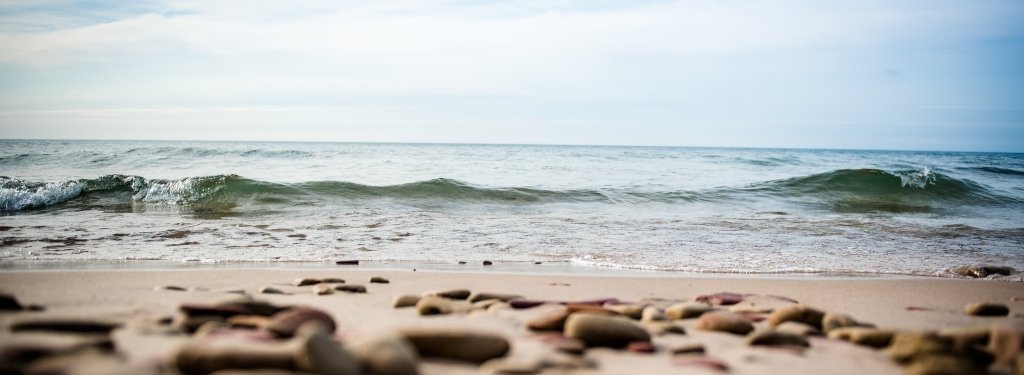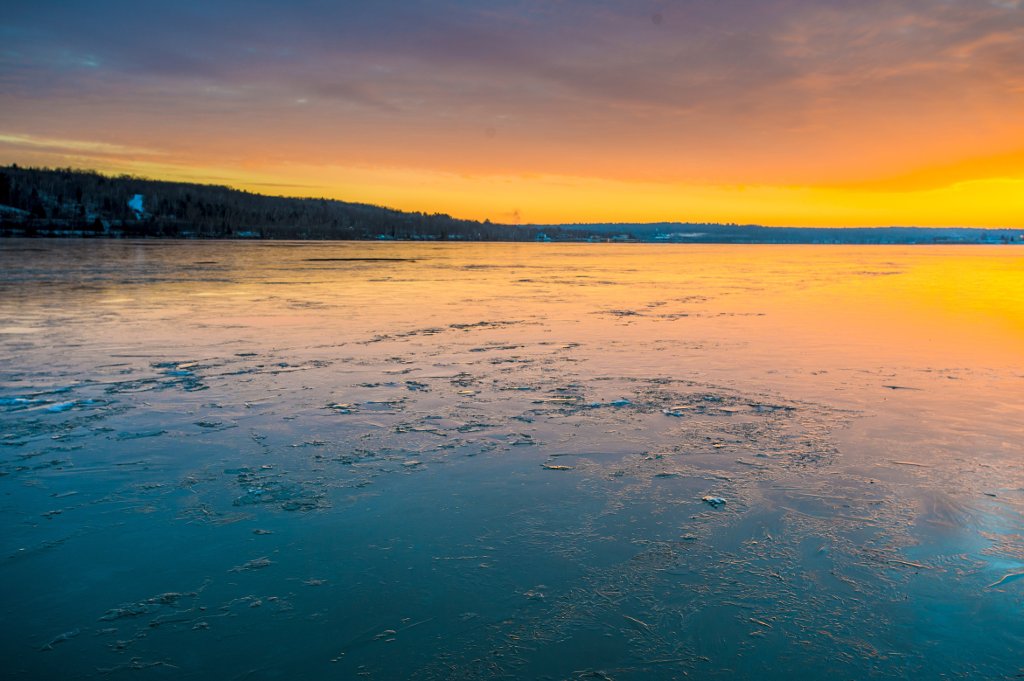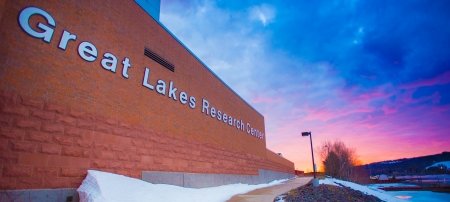More than 200 Great Lakes researchers will converge at the State of Lake Superior Conference Oct. 9-12, 2018 at Michigan Technological University. Final day to register is Oct. 1.
Though Superior is called a lake, many argue that moniker undervalues what is more accurately called an inland sea. Lake Superior is the largest lake on the planet by surface area, and managing such a large body of water and surrounding watershed requires coordinated and multinational cooperation.
Lake managers, lake ecosystem stewards, university researchers, tribes, government agencies and decisionmakers will convene in Houghton to discuss the results of the latest Lake Superior scientific research and monitoring efforts, and what it signifies to communities and people across the Lake Superior basin.
The State of Lake Superior Conference (SOLS18) is hosted by the International Association for Great Lakes Research (IAGLR), a scientific organization of researchers that encompasses all science disciplines with a common interest in the management of large lake ecosystems. The conference will be held at Michigan Technological University in coordination with the University’s Great Lakes Research Center, Keweenaw Bay Indian Community Natural Resources Department and Keweenaw Bay Ojibwa Community College.
Public Events
Two evening events, scheduled in conjunction with the conference, are free and open to the public:
Tuesday, Oct. 9 from 6 to 8 p.m., the “Lake Superior Lakewide Action and Management Plan (LAMP)” public session will provide an overview of stressors and threats to Lake Superior, as well as actions being taken to protect and restore Lake Superior. A group of kayakers who call themselves “Four the Water” will share stories from their 2018 journey around Lake Superior, including their citizen-science monitoring of microplastics. This session will allow time for networking with various Lake Superior managers who are helping to implement the LAMP. This session will be held in the Memorial Union Ballroom on Michigan Technological University campus.
Wednesday, Oct. 10 from 5:45 to 7:30 p.m., the “Scientific Challenges of Developing a Plan to Protect Buffalo Reef” session will describe alternatives being considered to protect the reef in the future, provide an open discussion on the challenges, and discuss how to overcome them. A century ago, 23 million tons of mine tailings were dumped into Lake Superior. Wind, waves and currents have pushed these tailings toward Buffalo Reef, a valuable area for fish spawning. This copper-laden waste, also called stamp sands, has covered over a third of the reef and a similar amount of nearby juvenile whitefish habitat. The United States Environmental Protection Agency initiated the Buffalo Reef Task Force two years ago to develop a management plan to preserve and protect lake trout and whitefish populations. The session will be held in Memorial Union Ballroom.
Field Trips
The conference begins Oct. 9 with a number of field trips to local points of interest for registered conference members. Each field trip has a small associated fee.
- Quincy Mine Hoist Tour
- Pricket Dam: Discussion on the effects of small dams on Lake Sturgeon.
- Sand Point: Visit the Ojibwa Public Recreation Area and Great Lakes Restoration Initiative project at Sand Point.
- Copper Country Geoheritage Tour: This trip explores the landscape and north shore of the Keweenaw and the Greenstone lava flow—the largest lava flow on Earth—to show how vastly different events in Earth’s extraordinary history have shaped the passage of people throughout this region.
- Watershed Restoration Site Visits: Part of the future of Lake Superior hinges on the restoration of degraded ecosystems and populations. This field trip includes site visits to the Pilgrim River and Hills Creek.
- Buffalo Reef: Experience 140 years of copper mine tailing migration along the Keweenaw Peninsula’s eastern coastal shores of Lake Superior at Gay. This tour will also include a site visit and talk at Torch Lake, a delisted Superfund site and now Area of Concern.
Speakers
SOLS18 features two plenary talks from two Great Lakes researchers and authors who call the banks of Lake Superior home.
Wednesday, Oct. 10, Nancy Langston, professor of environmental history at Michigan Tech, will explore how communities can help sustain the health of Lake Superior in the face of climate change, invasive species and emerging chemicals of concern. The challenges facing Lake Superior are many; yet local, regional and international communities overcame enormous threats to the lake's ecosystems in the past century. This talk explores the lessons we can take from the lake’s environmental and social history as we face new interconnected challenges.
Thursday, Oct. 11, Peter Annin, director of the Mary Griggs Burke Center for Freshwater Innovation at Northland College in Ashland, Wisconsin, will present about Great Lakes water tensions in the 21st century. Throughout history, Lake Superior has often been on the frontline of the Great Lakes water diversion debate. Annin's talk will help cut through the confusion surrounding the Great Lakes water diversion debate and help put Great Lakes water tensions in a regional, continental and global context.
Michigan Technological University is an R1 public research university founded in 1885 in Houghton, and is home to nearly 7,500 students from more than 60 countries around the world. Consistently ranked among the best universities in the country for return on investment, Michigan's flagship technological university offers more than 120 undergraduate and graduate degree programs in science and technology, engineering, computing, forestry, business, health professions, humanities, mathematics, social sciences, and the arts. The rural campus is situated just miles from Lake Superior in Michigan's Upper Peninsula, offering year-round opportunities for outdoor adventure.






Comments